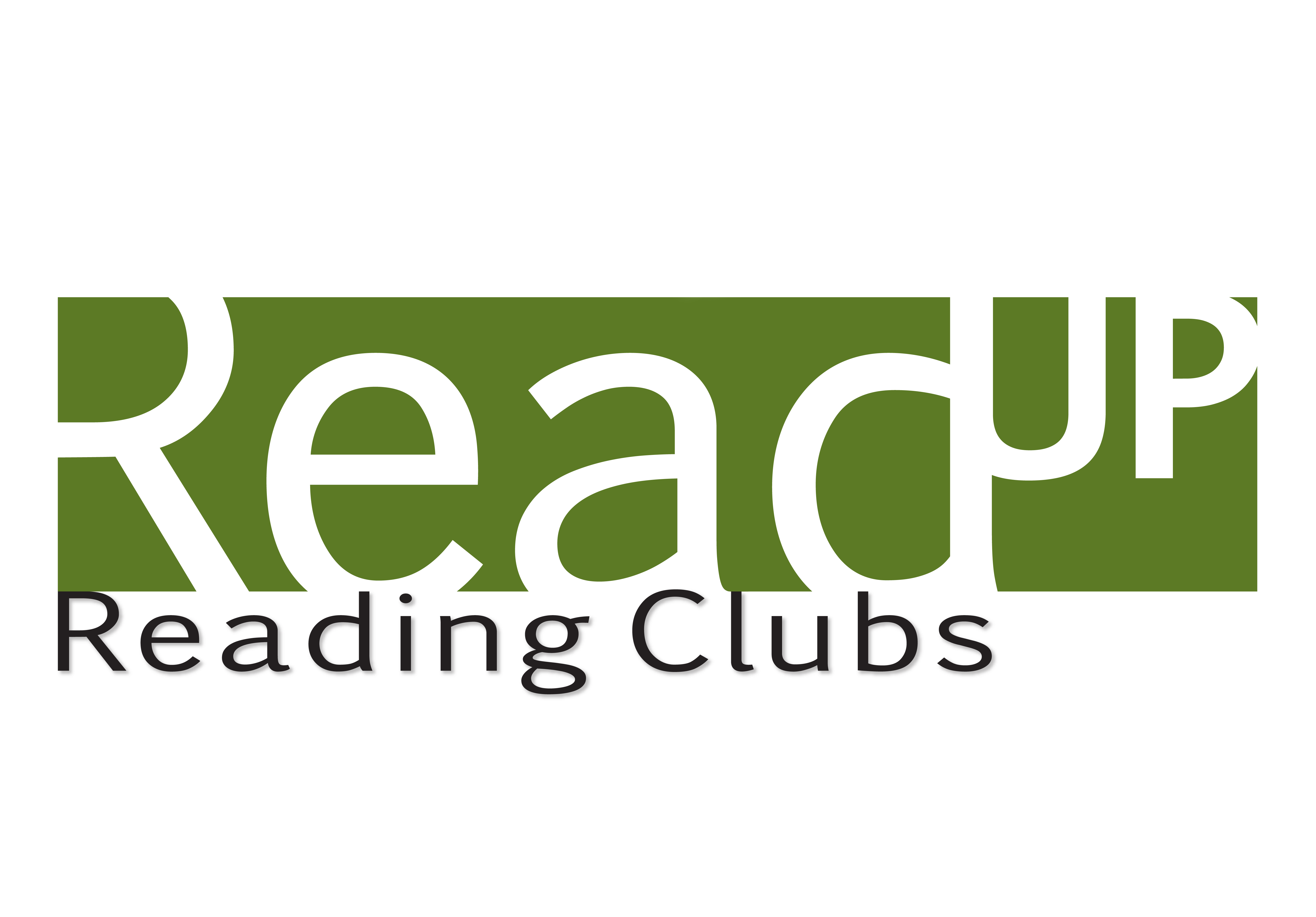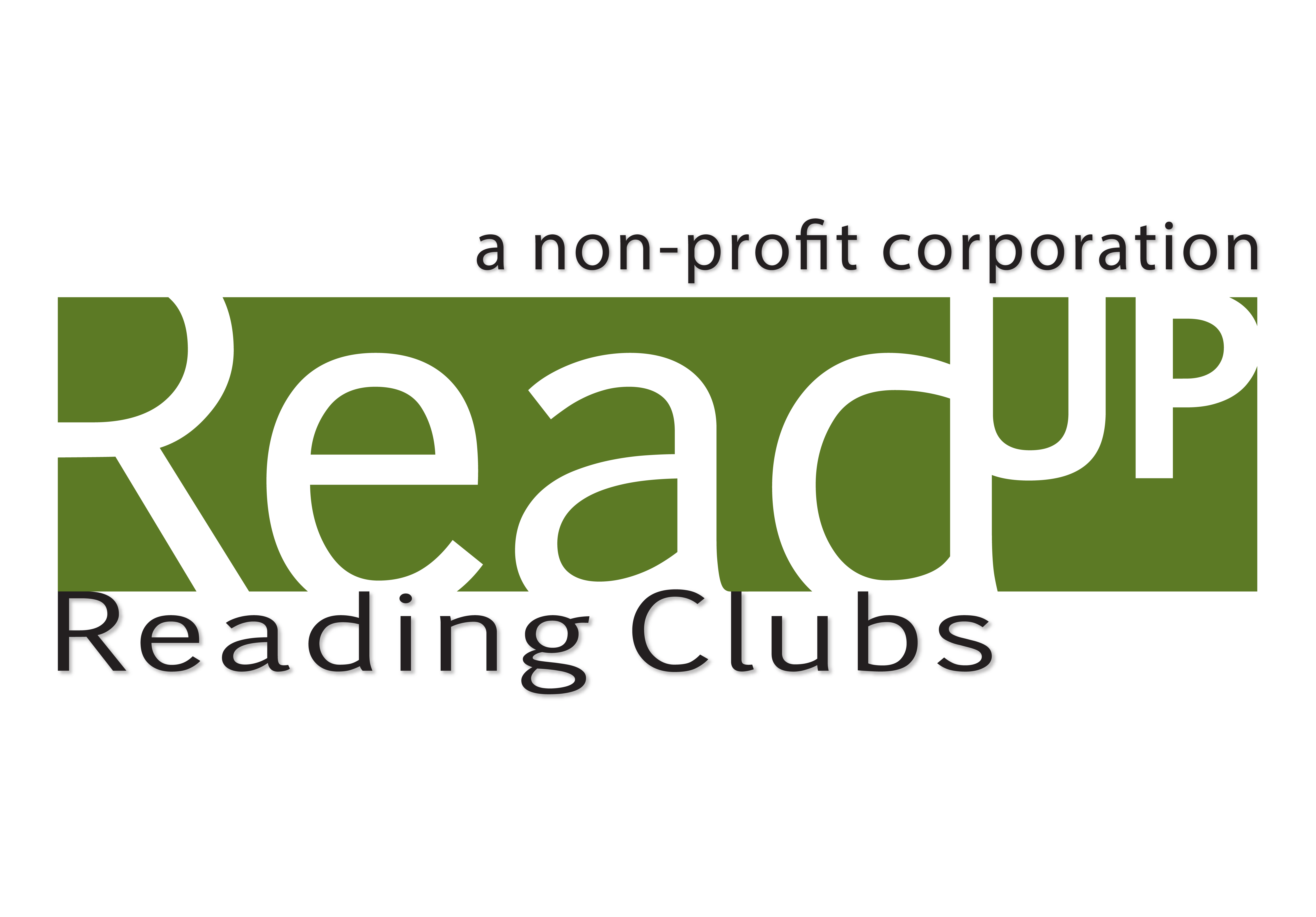FAQs About Reading
No. It helps if they know a few to start, but they can continue learning these at the same time that they begin to read.
Easy ones. Choose books with one line of patterned text on each page (e.g., Here is a dog, Here is a cat), good picture clues and lots of sight words. You could start by making your own little pattern books.
Avoid doing this, or letting any of the child’s older siblings do it. Children get information from the pictures. It makes them think about the meaning of the story. They should be praised for checking the picture.
Try not to hurry things along. Children lose self-esteem and motivation if asked to read books that are beyond their ability. They need to know that reading is enjoyable and incredibly useful in life—not a chore. Try to find books that the child can read fluently and successfully.
If you’re not sure, then err on the side of giving children books that are easier rather than harder. They will continue to learn, and will enjoy reading.
Children will also be attracted to a wide assortment of books that are far beyond their skill level in reading, which is wonderful but it means these books should be read to them.
That’s how many children begin. Memorization is the natural outcome of repeated readings of a book. It’s a good opportunity to show your child how to point to each word as it’s being read, or said. From this, the child will begin to learn sight words such as “is” and “the” in their entirety. This memorization phase never lasts as the books become more challenging and less predictable.
Yes, but only at the beginning. Following along with a finger helps to keep track, and shows that words appear individually with spaces between. Once the child has had plenty of practice and can track print with ease, usually around Level 3 (or “C”), then finger pointing can gradually be eliminated. In fact, it can become a habit that slows the reading down. At this stage, say to the child, “Try reading with just your eyes,” and encourage any success at reading without finger pointing.
It depends. Children begin to read at different times, generally between ages 4 and 6, but you can’t pin it down because they learn and develop at different rates. There are many factors including the child’s age, ability to focus, and interest. Usually there will be some indicators that your child is curious about learning to read: “Look Mom. There’s a W on the cereal box and my name has a W!” Be a good observer and capitalize on these moments. When a child can match one-to-one with a finger and shows interest in trying, he or she may be ready to read.


